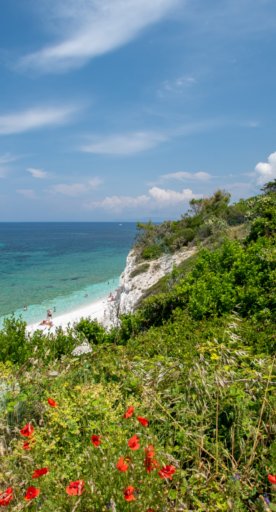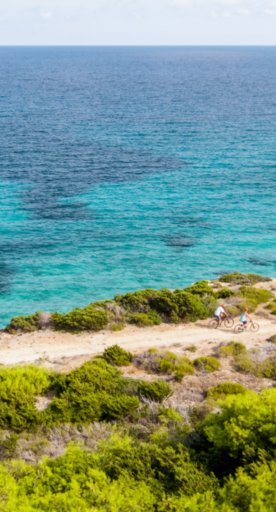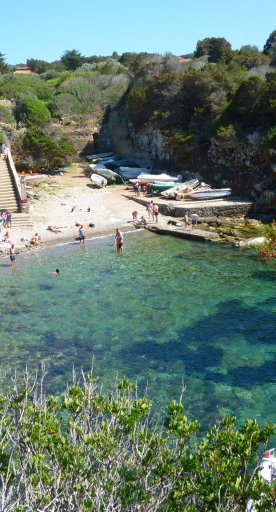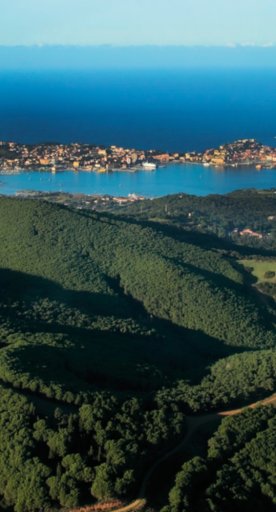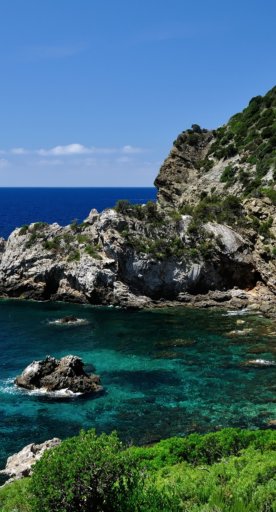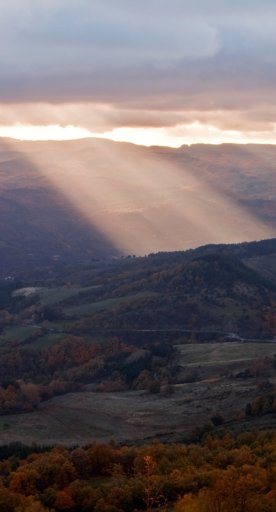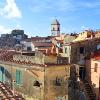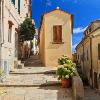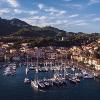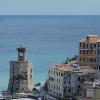The island was the seat of the penal colony, transformed in 1968 into a maximum security prison that was separated from the small town by a large reinforced concrete wall, until it was definitively closed in 2011. There are still some limitations to the use of Pianosa, however no longer for safety reasons, but due to environmental protection.
Since the closure of the penitentiary activities, the Municipality of Campo nell'Elba and the Tuscan Archipelago National Park have developed a project that combines the preservation of the environment with the possibility of discovering the unique Mediterranean island with its particular history.
Snorkeling in the surrounding sea is a memorable experience, allowing you to observe cuttlefish, lobsters, sea bream, snapper, moray eels and many other Mediterranean species in shallow water. The seabed is richly covered with Posidonia (seagrass) meadows, fortunately spared from anchoring and trawling. Since 2013, the park has also offered the possibility of scuba diving, by contacting accredited diving centers.
The coast of Pianosa alternates rocky stretches with splendid bays of sand, the best known of which is Cala San Giovanni (or Cala Giovanna), a charming white sand beach where it's also possible to admire the remains of a Roman villa.
Inside the island, walk in the shade of the characteristic dry stone walls, immersed in the Mediterranean scrub, where you can also discover the numerous traces left by the settlements present here since prehistoric times, including a necropolis from the Copper Age and the early Christian catacombs.
Once on the island, to receive information on the natural and historical architectural heritage, you can contact the Casa del Parco in Villa Literno.


